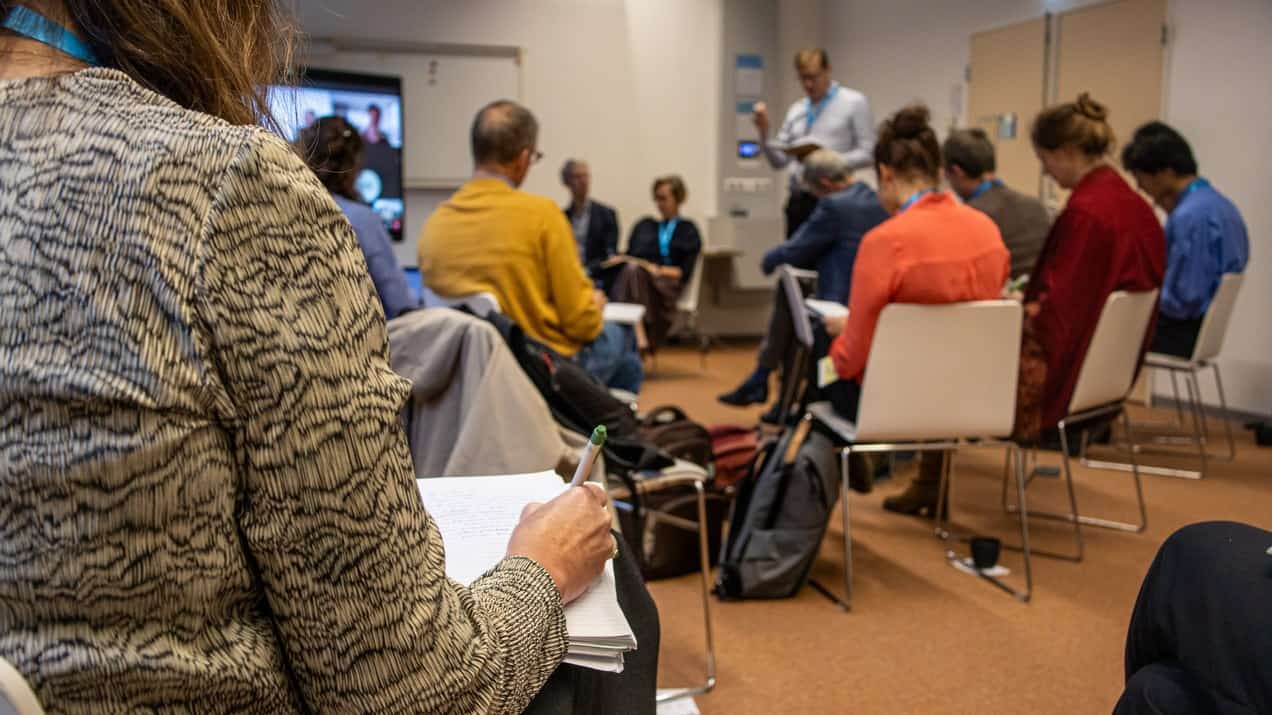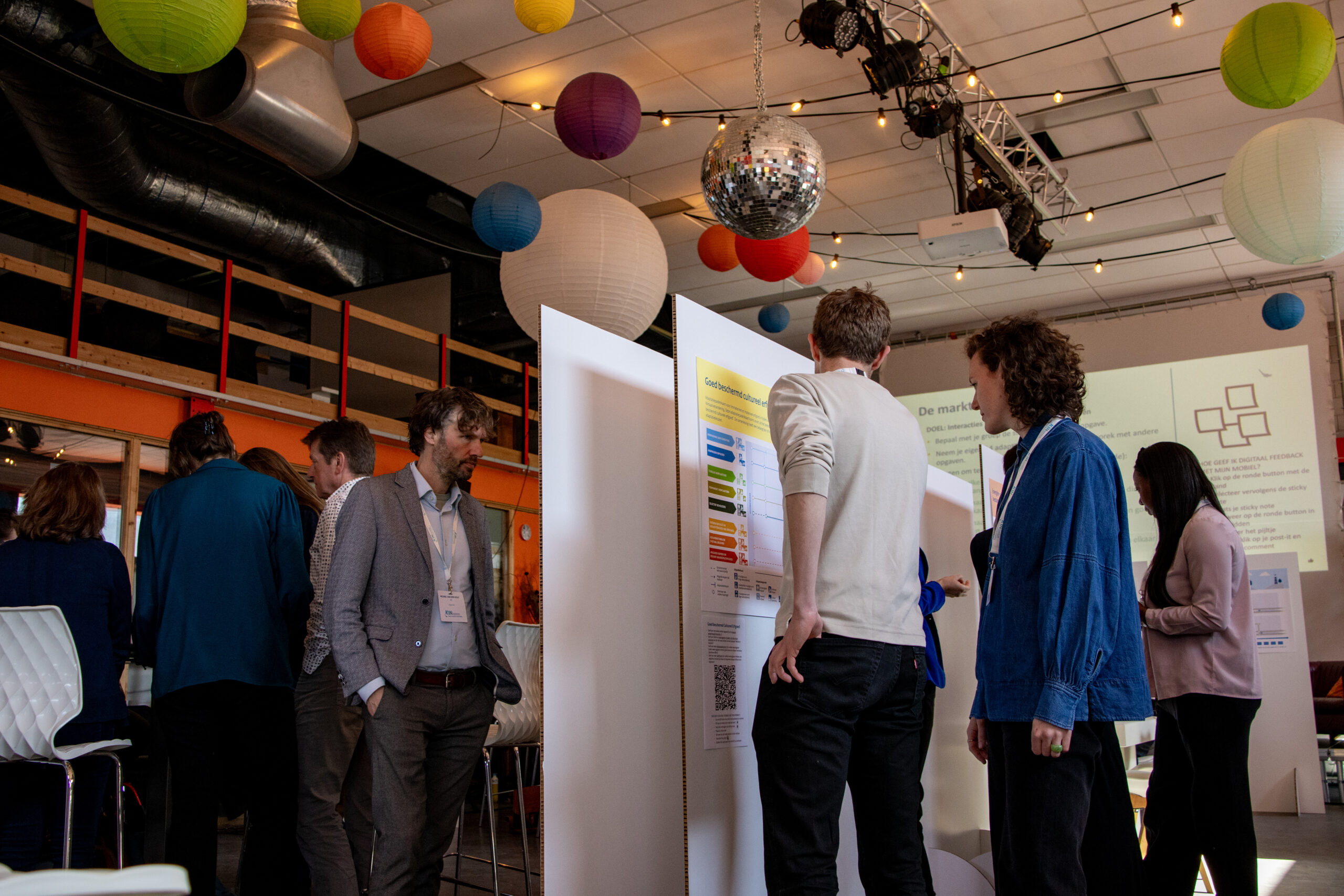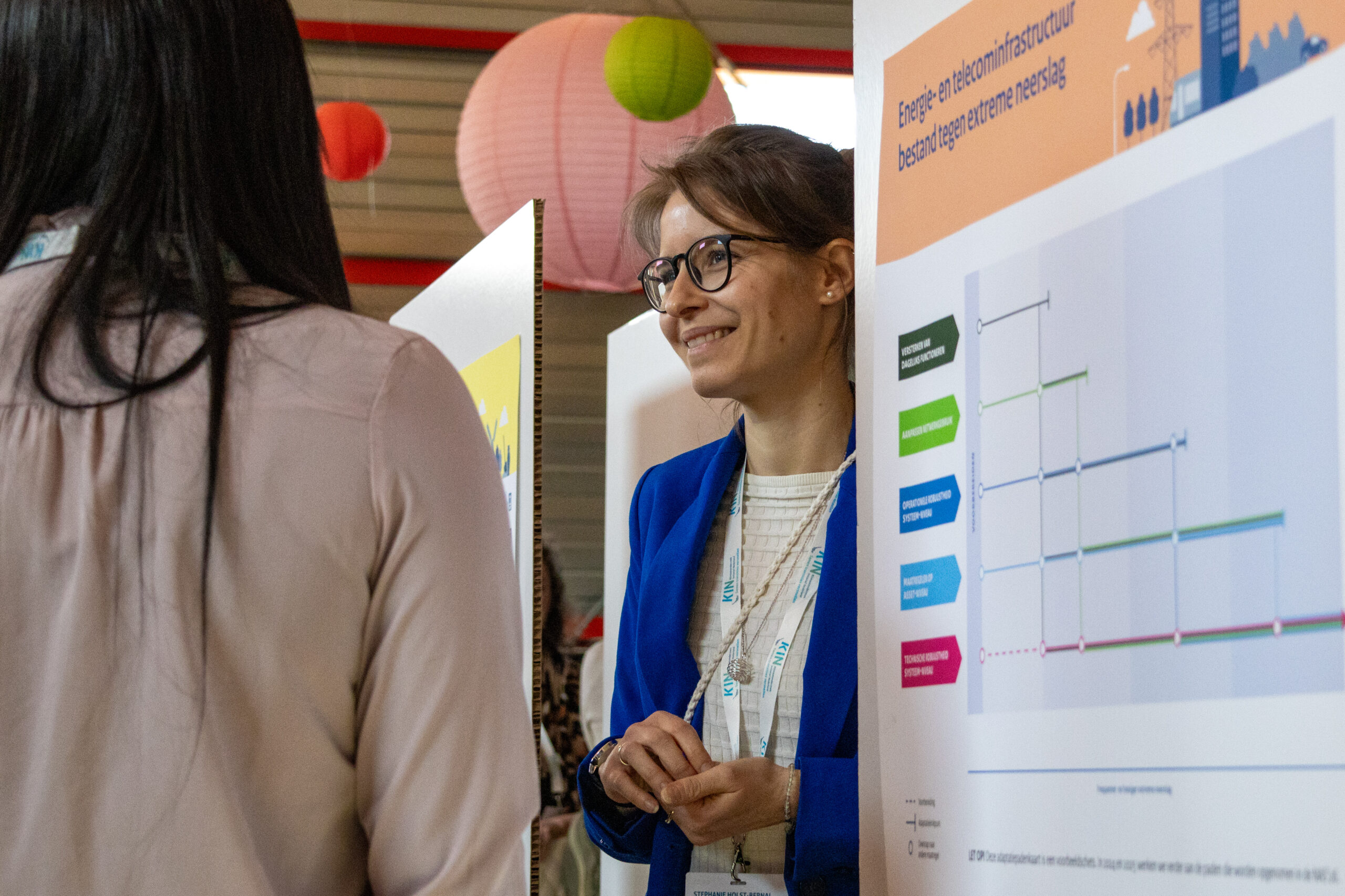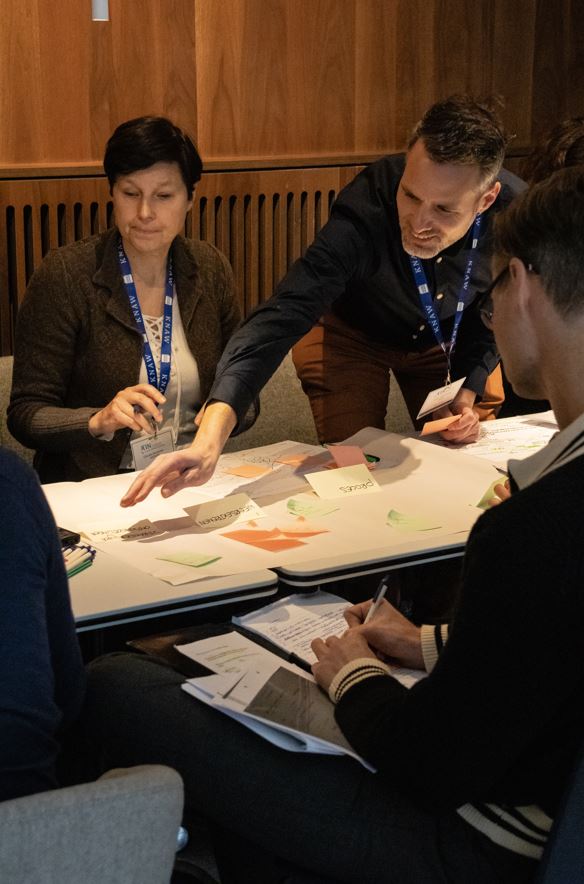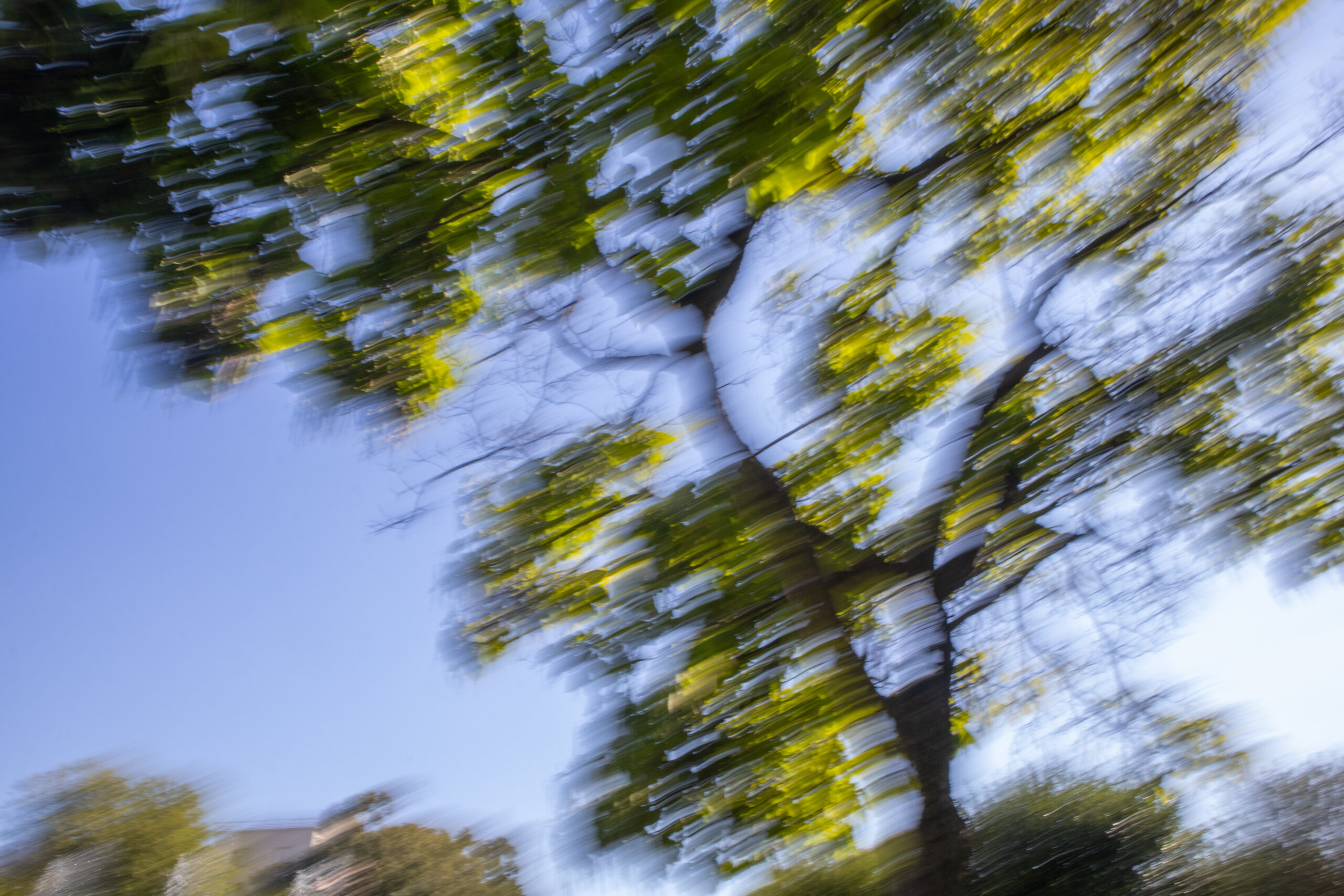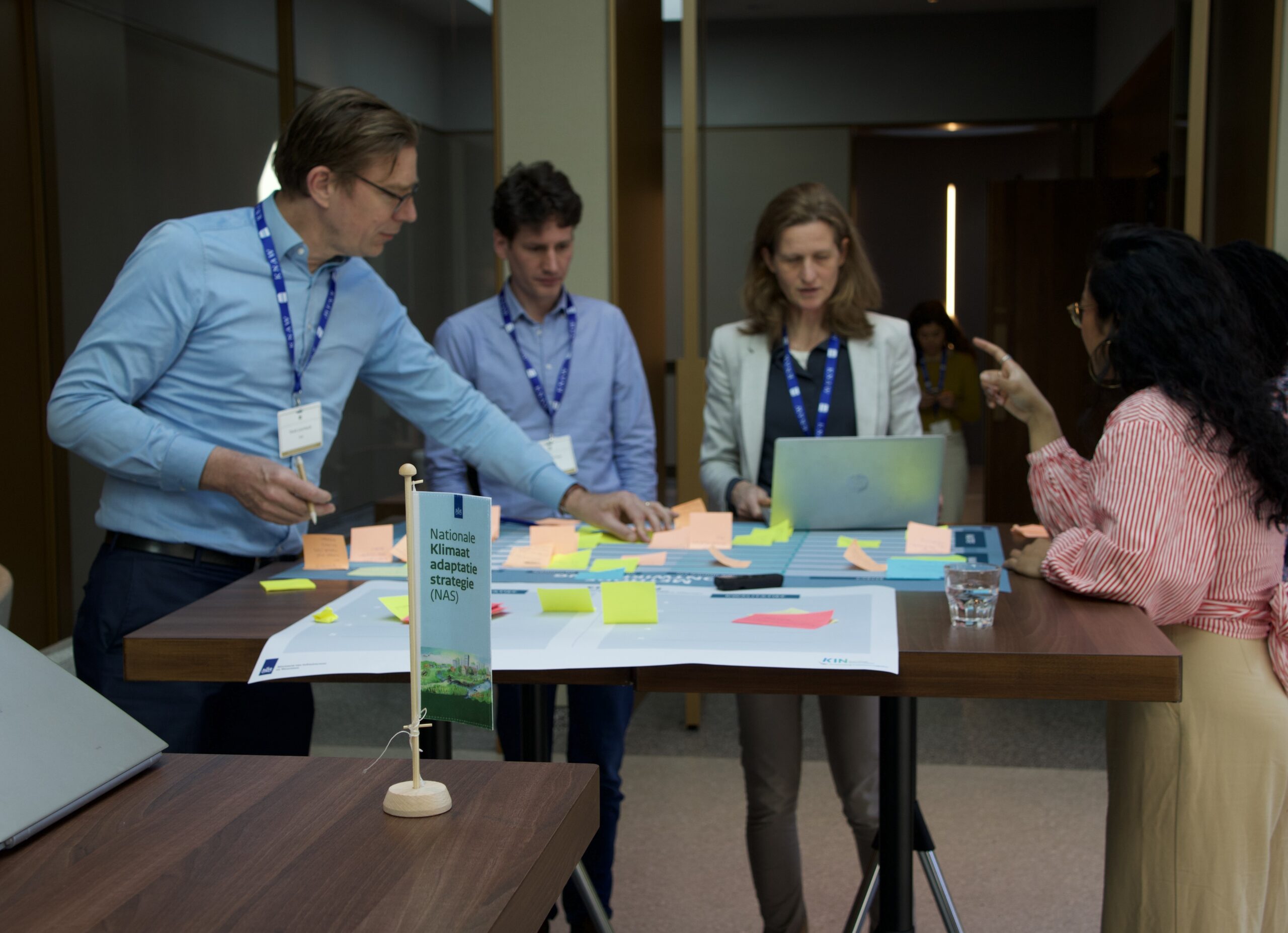The Ministry of Infrastructure and Water Management (IenW) commissioned the Dutch Climate Research Initiative (KIN) to help develop a practical methodology for constructing adaptation pathways across the various challenges outlined in the National Climate Adaptation Strategy (NAS). The method needed to make visible how different pathways relate to one another: where synergies exist, how measures can reinforce or hinder each other, and where trade-offs must be made. The goal is to provide policymakers with strategic insight into short- and long-term options, critical dependencies, and potential conflicts—thus supporting more coherent and integrated climate policy. Working with pathways per challenge also enables comparison and highlights interlinkages between measures, making complex systems more navigable.
The Makeaton: a new method for complex transitions
To meet this challenge, KIN introduced a new approach: the Makeaton, a combination of a hackathon format and a hands-on maker mindset. The result is an intensive, co-creative process focused on developing time-based visualisations of policy options and transition steps that could help make entire systems more climate resilient.
During the Makeatons, experts from science, policy and practice worked side by side to design adaptation pathways aimed at preparing the Netherlands for a climate resilient future. In a series of iterations throughout 2024 and 2025, the method was applied and refined across thirteen thematic challenges. The final step focused on identifying crosscutting connections between the pathways, a unique approach used for the first time in developing this national strategy.
“Through the Dutch Climate Research Initiative (KIN), we aim to unlock the best available scientific knowledge and make complexity manageable through structured, collaborative methods.”
— Chantal Oudkerk-Pool, coördinator NA
15 adaptation pathways as input for NAS 2026
During the Makeaton series, input was co-created and validated for thirteen of the fifteen NAS challenges. The remaining two pathways were developed independently but integrated during the final Makeaton session. Each adaptation pathway was led by a pathway lead from the scientific community, working closely with challenge leads—policy professionals and representatives from various ministries—and supported by domain experts when needed. Together, they elaborated the pathways per challenge. Finally, the interrelations between all pathways were mapped: which challenges and adaptation measures reinforce each other, and which may be at odds or even mutually exclusive?
